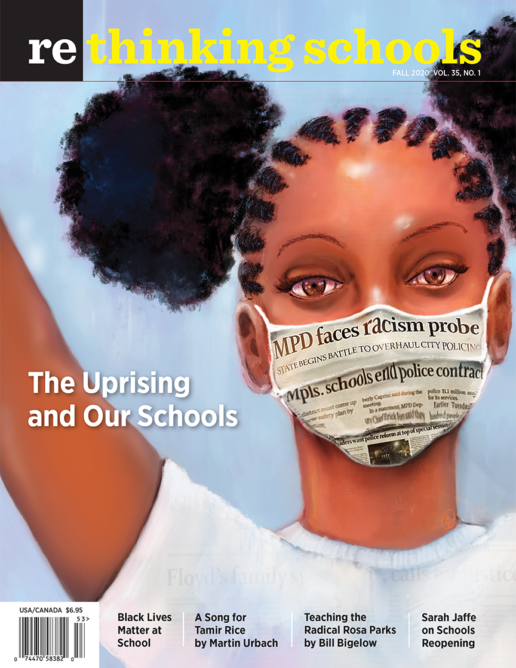The Uprising and Our Schools: Educators Speak Out

We asked a group of teachers and students to write about their experiences of the Black Lives Matter protests after the murder of George Floyd and during the uprisings for racial justice. We asked if there was one experience, one story that stood out, what they were learning and how it was affecting their teaching. Here’s how they responded.
***
We Are All Living and Making This History
By Peta Lindsay
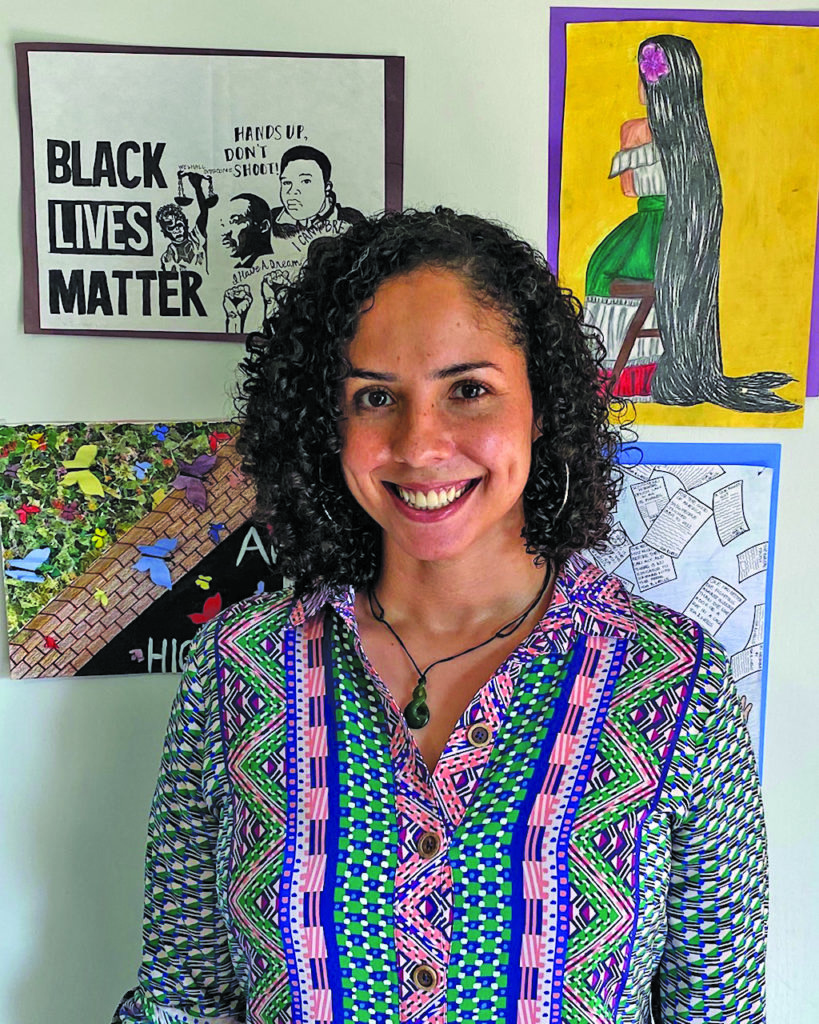
The movement for Black lives, equality, and freedom does not end when I step into the classroom — my work in the classroom is part of it. I am a Black woman teaching U.S. history, I do not pretend to be neutral on questions of racial justice or Black humanity. I do not pretend to be neutral when our communities are under attack. My students know that I organize, they have seen me shed tears when I talk about Trayvon Martin and others. Most importantly, my students know that I will fight for them too, against police terror, ICE, or any form of oppression that appears in our community. I find that being sincere, honest, and forthright in my commitment to justice is an important part of building trust with my students.
I teach in Los Angeles, where most of my students have seen and experienced police brutality, racism, and ICE terror up close. They don’t doubt that it’s real. What they do doubt, at least initially, is their own ability to change these systems. Mass media in the United States has a long history of distorting and discrediting movements for change. It is crucial to teach students to recognize media bias and to question “official” narratives about BLM, Abolish ICE, “violent” protesters, etc. I bring students my own pictures and videos of demonstrations. I search for images and video that display the unity, diversity, beauty, and strength of the movement — and I’ll ask students how these images contrast with what they’re seeing in the news. I love when my students attend protests themselves — they bring me their own pictures and videos and we share and discuss these as well. I let students know that I have seen photos of protests that I’ve helped organize appear in our textbooks many years later. We are all living and making this history, all the time.
Peta Lindsay is a U.S. history and ethnic studies teacher in Los Angeles Public Schools and a Director of the Ida B. Wells Education Project.
Black Murder to Black Movements
By Jessica A. Rucker
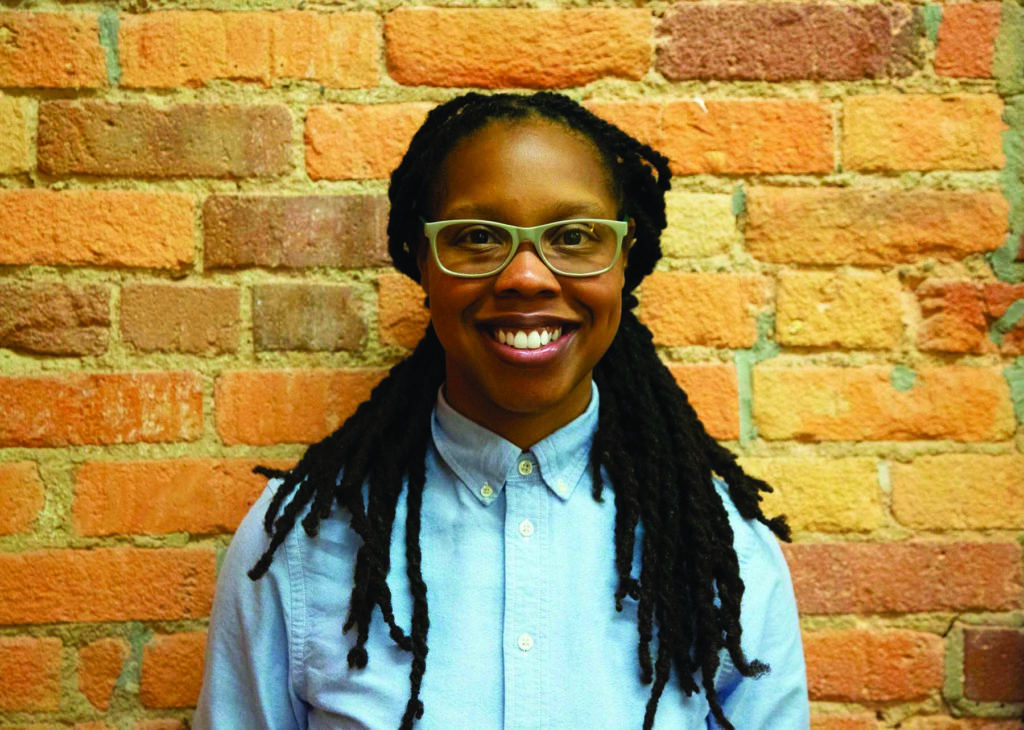
The week of May 25, 2020, was our last instructional week before summer break. It was also the week George Floyd was murdered. I learned of his murder from a weekly staff email. I skimmed the internet for details of his murder for as long as I could stand. In the process, I learned more names of unarmed Black people murdered under the clutch of anti-Black racism: Ahmaud Arbery, Breonna Taylor, and Tony McDade. My thoughts transitioned to my students. I didn’t know what to say or do. I wasn’t yet ready to speak with them, but needed to connect, so I texted a small group of trusted students. We exchanged loving words of condolence. We grieved and shared tips for remaining safe when engaging in local protests. Then I made calls. I reached one of my 9th graders. He exclaimed, “Ms. Rucker, it looks like one of those films [Eyes on the Prize] you showed us in class out here — it’s wild too! The police are real live taking pictures with protestors for social media and then spraying us with tear gas.”
That next Friday, I attended the Zinn Education Project People’s Historians Online session with Dr. Keisha N. Blain. She examined the historical roots of the 2020 rebellion, noting that U.S. policing emerged out of slavery and from slave patrols. After Blain’s session, my next step was clear: I needed to teach a course about the long history of the Black freedom struggle, starting with the 2020 Uprising. I designed, proposed, and fought to teach a course that would afford my students the opportunity to get organized, be supported by loving and caring adult allies, and develop projects rooted in creating tangible changes. I now teach that course.
Jessica A. Rucker is an electives teacher and the Electives Department chair at E. L. Haynes High School in Washington, D.C.
With Hands on the Freedom Plow
By Mansur Buffins
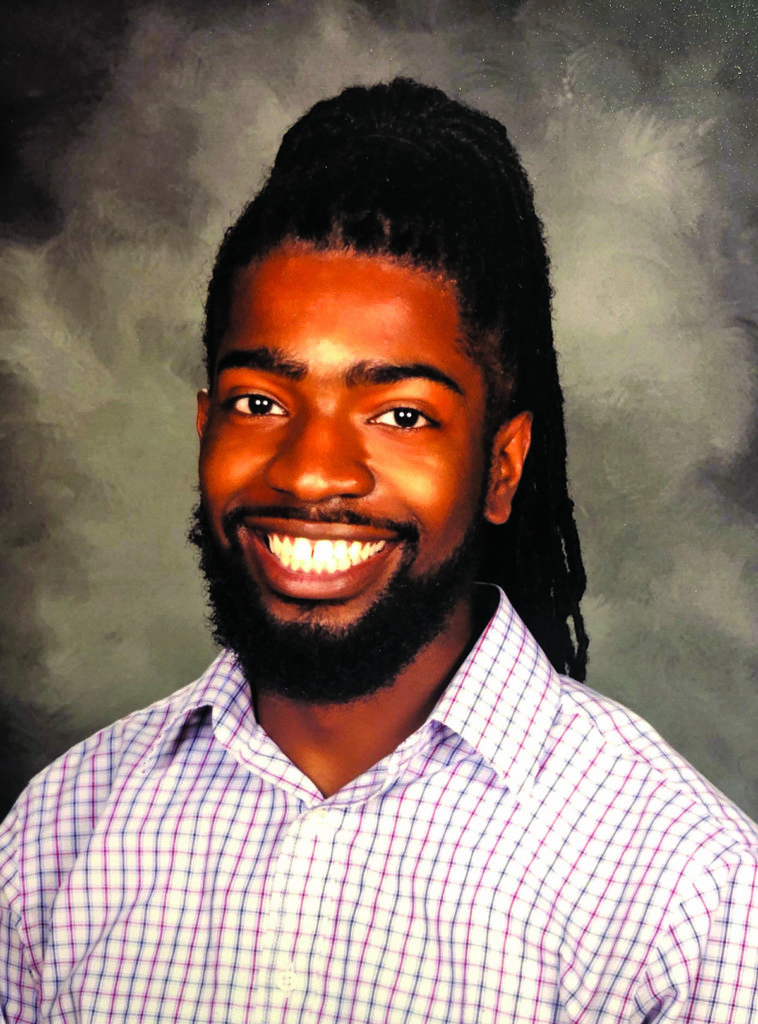
Rayshard Brooks, a man lynched by the Atlanta Police Department in June, said earlier in the year, “So as we go through these trials and tribulations, it’s hurting our kids, and it’s taking away from our families.” I live a few minutes away from the site of his murder and feel the truth backing his words.
The trials and tribulations of Black Americans, my people, are long-standing and repressive. I’ve decided to dedicate my life to the struggle for Black freedom. It’s the reason why I teach, majored in African American studies, led racial justice campaigns in college, created the Young Black Kings mentorship program, and interned with Teaching for Change. With vitality and hope, my hands are on the freedom plow, and the work I commit to happens inside and outside of my classroom, always student-centered.
This quarantined summer has allowed me time to reflect and plan my courses for years to come. My goals as an educator include establishing a nonprofit to create systematic programming for Black and Latinx youth that nurtures high self-worth, passion-driven initiative, and business creation.
Earlier this year, one of my students shared with me a story of a police officer pointing a gun to his head. He was 15 and unarmed. Harrowing accounts of this nature exemplify the struggle of being an activist-teacher — wanting to uplift my students, meaningfully and intentionally, and to see their success, while having to fight against societal injustices that are simultaneously trying to destroy them. I operate with the fearless determination of Mary S. Peake and the many other Black educators who resisted oppressive systems and empowered America’s youth — regardless of their background, ability, or orientation.
It’s risky. I’ve felt the sting of rejection, the pain of being hit by an officer’s rubber bullets, and the paranoia of racist backlash. But it’s worth it — being the teacher my students deserve.
Mansur Buffins is a social studies teacher at Tri-Cities High School in Atlanta and a 2018 graduate of the University of Georgia Mary Frances Early College of Education.
Keep That Same Energy
By Kamarie Brown

I’ve been Black all my life; this chaos ain’t new to me. It is new that the world seems to be paying attention. To be honest, it is both sad and enraging that it took a combination of a global pandemic, the horrific murder of George Floyd, and centuries of struggles for Black liberation to shake mainstream America from its slumber. To me, America has always read like a dystopian novel. More than 400 years of institutional oppression, racism, and exploitation and I am told I am free. My people are locked up for profit and I am told I am free. Zero accountability for the murder of Black people and we are told we are free. Our communities live under martial law and we are told we are free. Our schools function as cages, rather than the keys that unlock our potential and we are told we are free.
Black people are dying at disproportionate rates by the police as well as COVID-19, so it’s no surprise to learn that Black students check this box too. We deserve better. We should not scramble to remake schools as they were before the pandemic and uprisings began. Those schools were broken and inadequate for Black students. We need schools that center youth and understand the communities in which we are educated. Our schools need to allocate resources for wellness services, especially for Black youth who must watch on a 24-hour news cycle the murder of one of our own. And as we push toward abolition and investment in Black futures, I would love to see a police-free school so that I could feel safe. Like so many of our current systems, education must also answer the call for accountability, to both the students and the community.
Born and raised in South Central Los Angeles, Kamarie Brown is a senior at Crenshaw High School and a South Central Youth Empowered Through Action (SCYEA) leader in her community.
Our Schools Should Be Filled with Anti-Racists
By Cristina Tosto
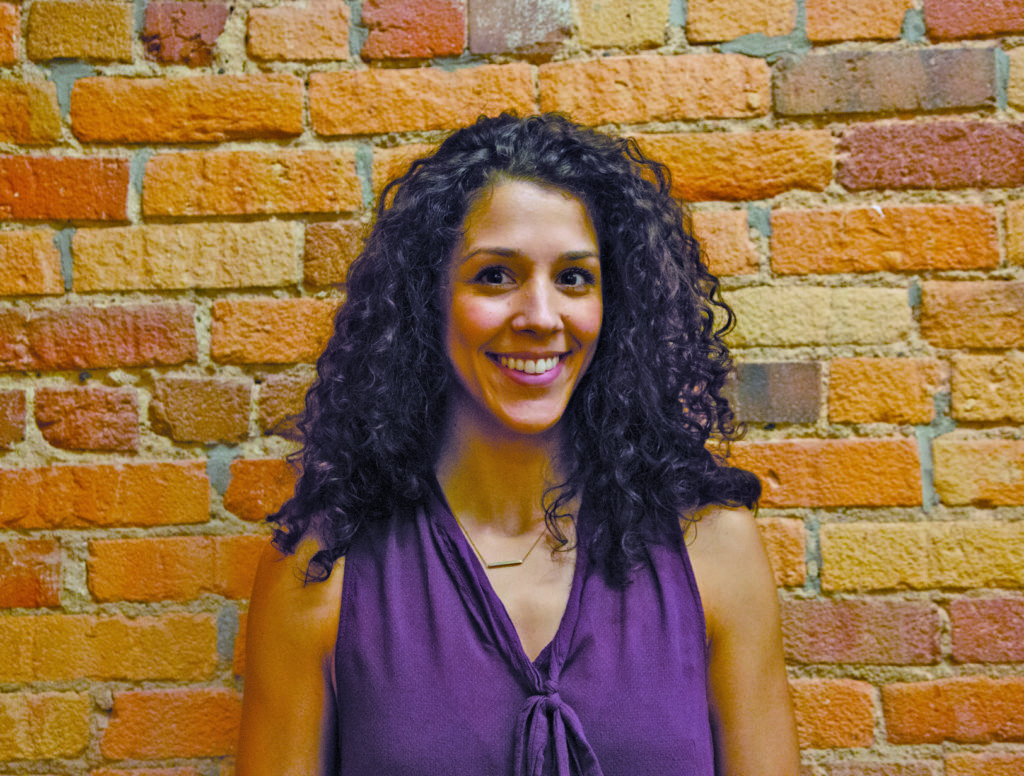
As an educator, my heart is heavy, and I find myself feeling increasingly outraged after the recent slew of violence against Black lives. Our nation’s failure to address the racism undergirding our society is more than taking its toll. As I scroll through arguments on social media posts in the wake of recent events, I am resentful, but not surprised, at the lack of both historical context and empathy that many people exhibit. The failure of many to fully comprehend the racial inequities perpetuated in our nation is, in large part, due to the failure of social studies curricula to provide the most complete and accurate version of our nation’s history.
Much of our nation’s history curricula leave out viewpoints from women, BIPOC, Latinx, LGBTQIA, and others who make our history complete. Racist and inequitable policies cannot be dismantled if so many refuse to acknowledge their existence. My curriculum includes those perspectives that are often left out of, or misrepresented in, history and highlights the activism of anti-racists from David Walker to Angela Davis. This year my students will read Ibram X. Kendi and Jason Reynolds’ Stamped: Racism, Antiracism, and Youto explore the history of racist ideas in the United States. By placing the spotlight on those committed to equality, I can help deconstruct dangerous myths imbued in the master narrative of history. Imagine what society could accomplish if people knew that progress happened because average people cared enough to take action.
Our schools should be filled with anti-racists — people committed to the work of anti-racism. As educators, it is our job to ensure that our students not only understand the legacy of racism, but to engage them with the tools to create an anti-racist and equitable Union. Though the weight of my profession is heavier than ever, I am hopeful. I am hopeful that this will be a time of national reckoning.
Cristina Tosto teaches U.S. history and African American studies on the gulf coast of Mississippi.
In the Streets, in Our Schools, in Our Homes
By Turquoise LeJeune Parker
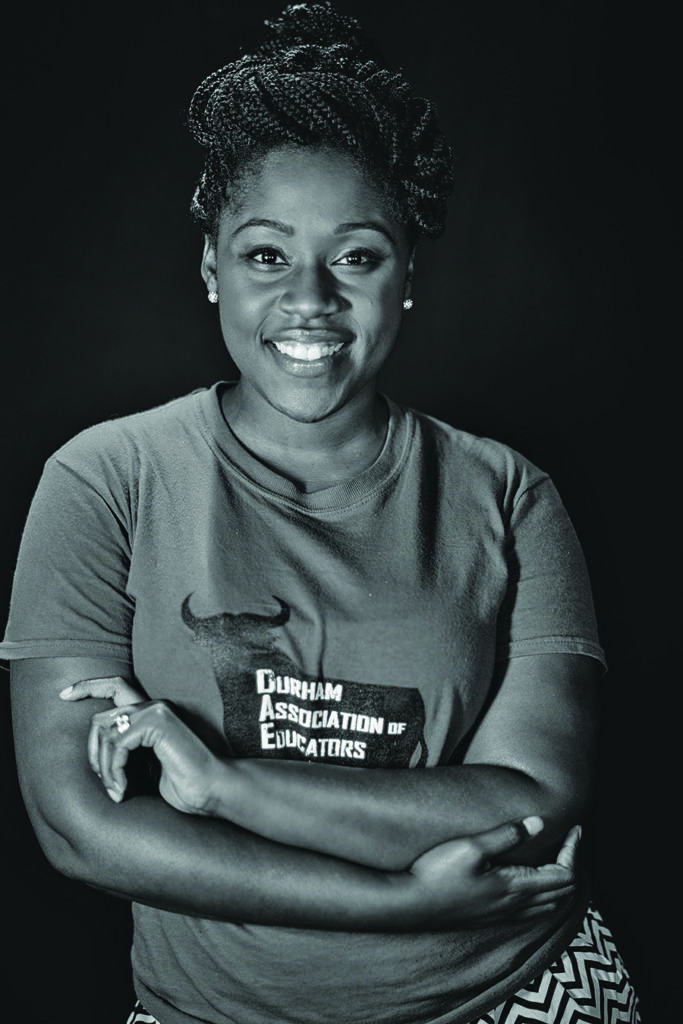
I love me some Mrs. Parker’s professors (my students). Those are my babies, y’all. [Insert Black person’s name here] could have been one of my professors, my Black principal, my Black teammate, my brother, my college bandmate, my best friend, my husband.
White supremacy is housed in our schools through over-policing, racist certification tests, oppressive aesthetics of our buildings, and more. School districts — through rules, lesson plans, kids walking in straight lines — can be the engine of oppression if we’re not careful. Boldly proclaiming that “Black Lives Matter” everywhere should not be a thing we’re scared to do. History shows us that when Black people have organized and led the fight for a just society, the lives of all people have improved. And every time a barrier to the liberation of Black folks has been built, our entire society has suffered. We must root our work in the wisdom of Mrs. Fannie Lou Hamer, who said that “Nobody is free until everybody is free.”
To reach the goals of strategic plans in school districts, mostly test scores are referenced and the ability to get this magical number of our kids to proficiency, growth, or the whiteness of rightness, as I like to call it. But all of us in our school system must realize that creativity, autonomy, and curriculum that encourages me and my students to embrace not abandon our Blackness is what we need. I want my colleagues, our kids, and their families to organize in an anti-racist collective to transform this world. We have to continually reject individualism so that we can know racial and social justice in our lifetimes. We must continually shout at every rally, staff meeting, school board meeting, county commissioner meeting, and polling place that:
In the streets #BlackLivesMatter
In our schools #BlackLivesMatter
In our homes #BlackLivesMatter
EVERYWHERE #BLACKLIVESMATTER
Turquoise LeJeune Parker is a teacher in Durham Public Schools, proudly represents as a Historically Black College graduate, and is the NEA director for North Carolina educators.
Supporting Future Activists
By Juan Córdova
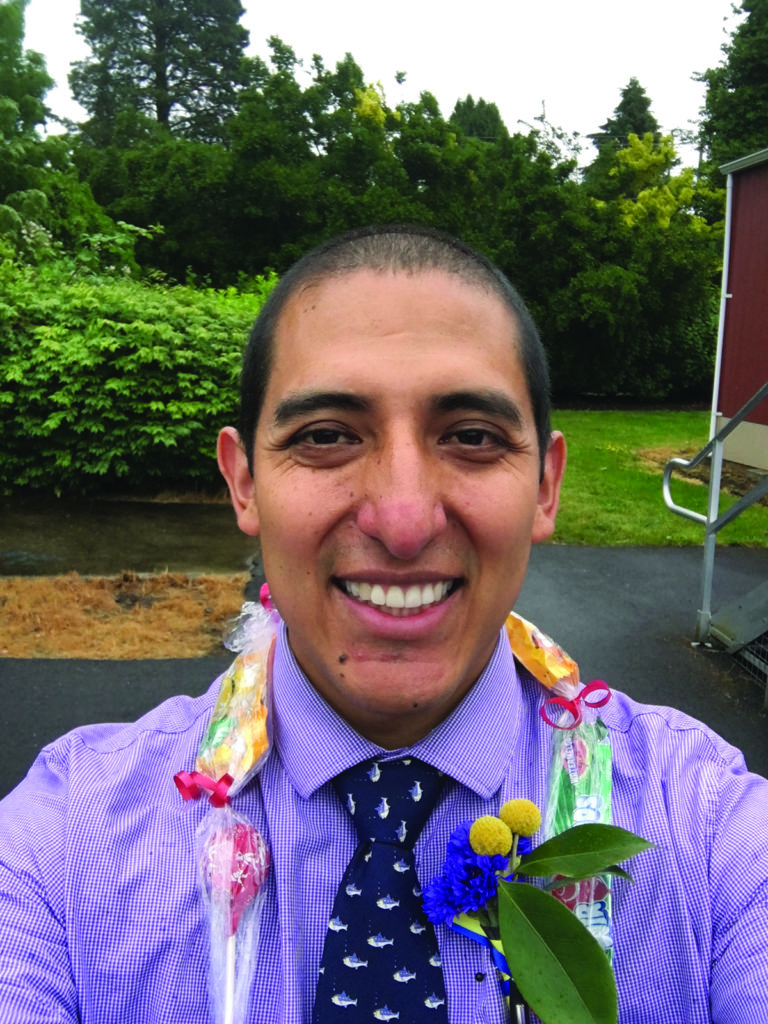
We were in the middle of a pandemic and thousands of people were going to the streets to protest. Social media was abuzz with videos of the murder of Black people that ignited large crowds to gather and demand change. The Black Lives Matter movement was fired up and in motion! And in the middle of all the noise I decided to take a moment to think critically, feel deeply, and think about my role. The conditions now were radically different, but what I learned years ago was that my role in this movement is to educate future activists.
I thought about my 5th-grade students the most. We had cultivated relationships and a community that believes Black lives matter. I had taught them lessons in class about Land Acknowledgement for the Indigenous ancestral lands we occupy, about the Black Lives Matter movement, and about the Civil Rights Movement. They learned the importance of connecting, humanizing, and respecting themselves and one another. And now, my group of activists was homebound and we were all struggling with this new way of learning.
We gathered on Zoom. I provided them with facts about what was happening and reminded them of what they had learned in class. They gradually made connections and shared their interpretations. As we worked together to clear the noise, realizations set in and questions and emotions poured in:
Why are Black people still being killed?
Did they have to shoot them?
This makes me feel sad.
This makes me worried about others.
It’s sad that history is repeating itself.
Protests have intensified and I wonder if their questions are still the same. I believe that our time together taught them to acknowledge humanity and respect their surroundings, to value Black lives, and to advocate for their rights. Reaching my new group of 5th graders via screens is going to be a new challenge in elevating their identities and growing through self-reflection. However, I believe that these lessons will ground them and inspire them to seek justice.
Juan Córdova is a community teacher at Cedarhurst Elementary in Burien, Washington.
I Never Thought I Would Be Part of Something like This
By Sequoia Kriss
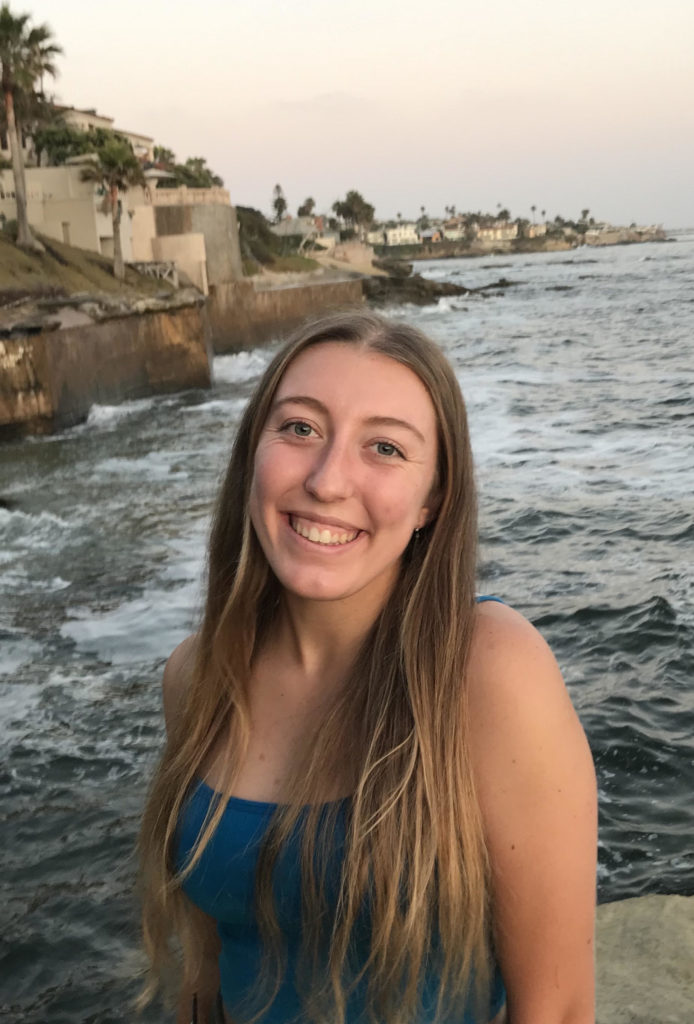
“No justice, no peace, no racist police.”
This is a chant repeated throughout the peaceful Black Lives Matter protests that occurred throughout the United States. As a high school senior, I have learned from the age of 6 that the white man unjustly entered and took over the soil of the Native Americans. I learned about slavery and the Civil Rights Movement from my AP U.S. history teacher, Mr.Dumas. Pictures in black and white of protestors getting sprayed with fire truck hoses, being attacked by police dogs, and placed into jail cells. These vivid photographs lingered in the back of my mind throughout my education and life. I never thought that I would be part of a 21st century racial justice movement.
One day after I finished homework, I looked at social media. All over my feed was a picture of an African American teenage boy named Ahmaud Arbery. I saw the video recording of his death — a young boy, on a run, getting shot. Tears shed from my face instantly. I had a million questions running through my brain but in that moment, I knew that I could not stay silent. My father and I attended a peaceful protest in our city and the following day attended one held by kids my age, proudly holding up our Black Lives Matter posters. I marched with anger, sadness, and confusion and thought back to the photos I saw in my history textbook.
Sequoia Kriss is a senior at Bonita Vista High School, captain of her school’s cross country team, and vice president of the Interact Club.

